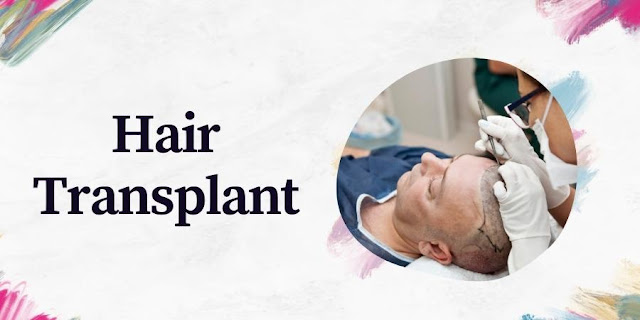A Solution for Hair Loss
Hair loss is a common concern for both men and women, and it can have a significant impact on self-esteem and confidence. For those seeking a solution to this issue, hair transplants have emerged as a popular and effective method for restoring natural hair growth. This article explores the concept of hair transplants, the different techniques, considerations, and their role in addressing hair loss.
Hair Transplant
Understanding Hair Loss
Hair loss can occur due to various factors, including genetics, hormonal changes, medical conditions, medications, and aging. It can manifest as thinning hair, receding hairlines, or bald spots. Hair loss can be emotionally distressing, leading many individuals to seek treatments to restore their natural hair.
The Basics of Hair Transplants
Hair transplants are surgical procedures that involve moving hair follicles from one part of the body (the donor site) to another (the recipient site), typically the scalp. The most common types of hair transplants are:
Follicular Unit Transplant (FUT): This technique involves removing a strip of skin from the donor area, typically the back of the head, and then dissecting it into individual follicular units for transplantation.
Follicular Unit Extraction (FUE): In this method, individual hair follicles are extracted from the donor site one by one, typically using a micro-punch tool.
Direct Hair Implantation (DHI): This approach involves the extraction and transplantation of individual hair follicles simultaneously, reducing the time the follicles spend outside the body.
Considerations Before Getting a Hair Transplant
Before opting for a hair transplant, it's essential to consider the following factors:
Consultation: Consult with a qualified and experienced hair transplant surgeon to assess your suitability for the procedure.
Expectations: Have realistic expectations about the results. While hair transplants can provide a natural look, they may not achieve the density of your original hair.
Cost: Hair transplants can be expensive, and it's important to understand the costs involved.
Recovery: Plan for a recovery period after the procedure, during which you may need to avoid strenuous activities.
Maintenance: Understand that, while transplanted hair is permanent, it's essential to continue a hair care regimen to maintain the overall appearance.
The Benefits of Hair Transplants
Hair transplants offer several advantages, including:
Natural Appearance: Transplanted hair looks and feels natural, blending seamlessly with existing hair.
Permanent Solution: The transplanted hair is typically permanent and should not fall out.
Improved Confidence: Restoring a full head of hair can boost self-esteem and confidence.
Minimal Scarring: With modern techniques, scarring is often minimal and easily concealed.

Hair loss can occur due to various factors, including genetics, hormonal changes, medical conditions, medications, and aging. It can manifest as thinning hair, receding hairlines, or bald spots. Hair loss can be emotionally distressing, leading many individuals to seek treatments to restore their natural hair.
ReplyDelete